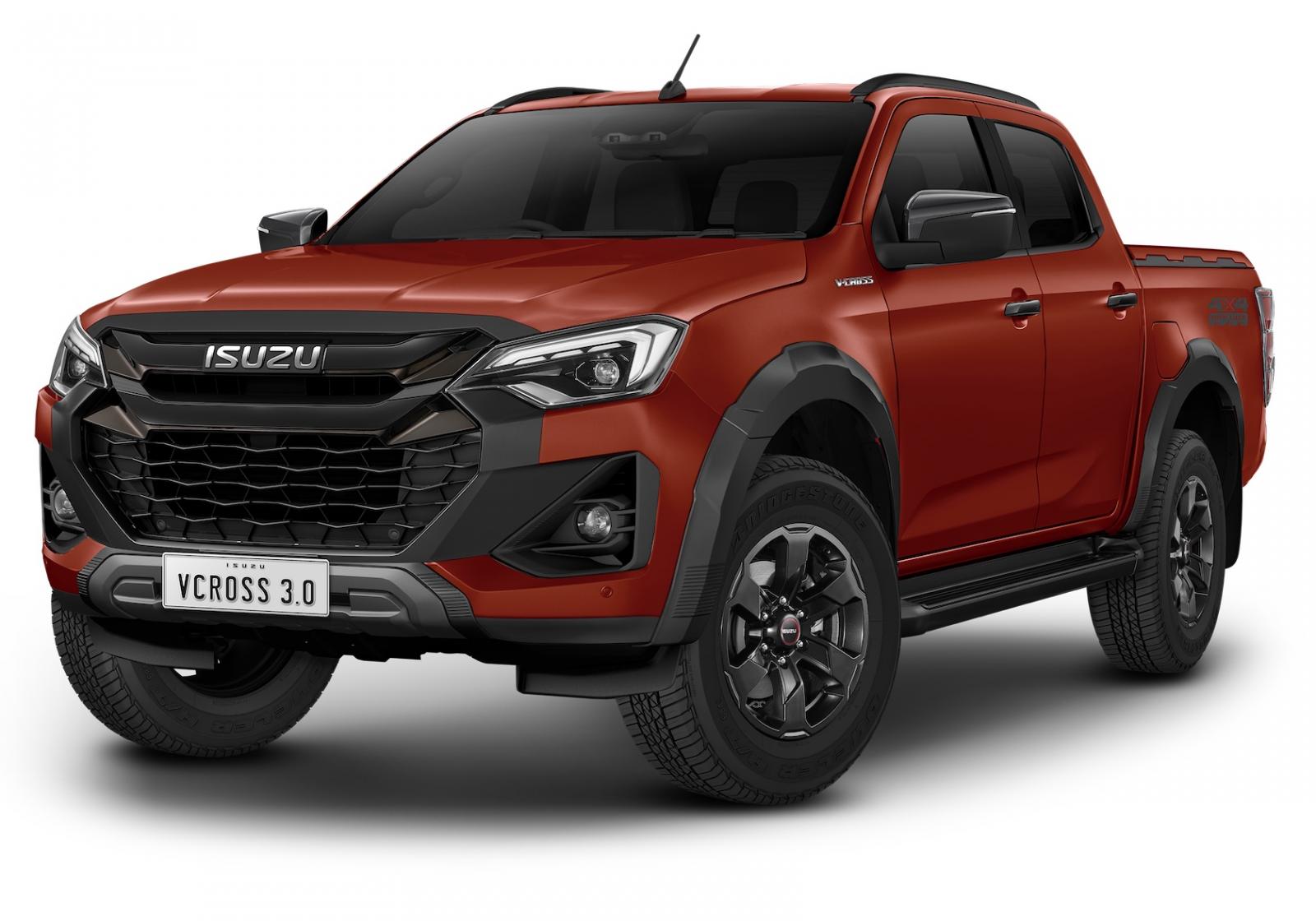Over the past few years, Southeast Asia has seen a rise in the popularity of Chinese brands, particularly in Thailand and Indonesia. Concurrently, there has been a decrease in the overall sales of new cars in two of Southeast Asia’s largest markets, which combined account for almost 60% of the approximately 3.5 million new vehicles sold in this region each year.
The pie is staying the same, but more brands are vying for a piece of it. The game is zero-sum. A brand’s success is another brand’s downfall.
Since Japanese automakers Toyota, Isuzu, Honda, Mitsubishi, Daihatsu (as well as Perodua), and Suzuki—a significant participant in Indonesia—control around 70% of the new car market in the region, Japanese brands are most at risk from these Chinese carmakers. In 2023, the total market share of Japanese brands in Thailand fell 7.6 percent to 77.8%, while Chinese brands more than doubled their market share to 11%.
For many Japanese brands, but not for Toyota and Honda, giving in to the connections between BYD and GWM may be inevitable. For the record, the best-selling vehicle in the region is the Toyota Hilux followed by the Isuzu D-Max with the Honda HR-V in 5th spot.
Toyota grew its market share from 2022 to 2023 despite the introduction of over ten Chinese brands during that time.
Toyota’s market share in Thailand grew from 33.9% to 34.3% despite an 8.7% decline in the industry’s overall sales volume to 775,780 units.
Due to its excessive reliance on pick-up trucks, Mitsubishi lost 4% and Isuzu lost 9% as a result of changes in financing requirements that significantly affected pick-up truck sales.
Similar to Toyota, Honda defied the downward trend in the sector by growing its market share in Thailand from 12% to 14%.
Similar trends are seen in Indonesia, another popular destination for Chinese companies eager to expand their export markets. Similar to Thailand, Indonesia had a poor 2023. Sales of new cars overall fell to 1,005,802 units, a 4% decrease from the previous year.
Toyota’s market share rose 1.6% to 33.5%, while Honda jumped 5.9% to 13.8%. For the time being as least, Toyota and Honda continue to outsell second-tier Japanese brands despite the rise of Chinese brands in sales.
One explanation could be that discerning consumers who are cautious with their money will navigate to the relative safety of Toyota and Honda during uncertain economic times, especially in the face of a plethora of previously unheard-of Chinese manufacturers vying for consumers’ attention and pushing down costs.
Even though Toyota and Honda don’t have the most features or the lowest prices, their relatively conventional-looking cars are reliable and predictable. Mainstream buyers, who are not part of the first adopters circle, value the guarantee that, should they need to sell their vehicle after five or ten years, a ready market will exist.
In Malaysia, the situation is a little different, because the local landscape is skewed by excise tax-deducted Proton and Perodua. Last year, Perodua gained 2.2%, Honda lost 1.1%, and Toyota lost 0.6%, giving Perodua 41.3% of Malaysia’s new car market. Proton’s percentage stayed at 18.9%. Less than 5,000 automobiles were sold by BYD and Chery combined last year, a small percentage of the 799,731 cars sold nationwide.
Of course, things could alter in the coming year. There will be an increasing number of Chinese brands operating in this region overall.
The majority of Chinese brands also concentrate on the mid-range SUV and battery electric vehicle (BEV) markets. In Southeast Asia, the most popular automobile segments are pick-up trucks (Thailand), SUVs derived from trucks (Thailand, Indonesia, Philippines), B-segment MPVs (Indonesia), and B-segment sedans (Thailand, Malaysia).
CARLIST THOUGHTS
Japanese carmakers will lose market share in mid-range SUVs, but retain robust sales in all other segments. Until Chinese manufacturers build cars that Southeast Asians actually want, as opposed to pushing cars specifically developed for mainland Chinese customers, they will soon hit a glass ceiling in their growth here, and the Japanese will remain on top.
